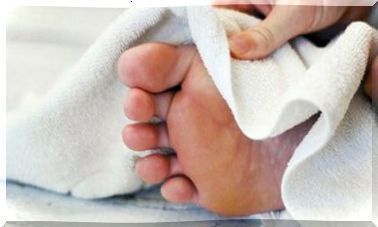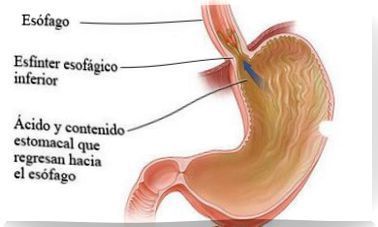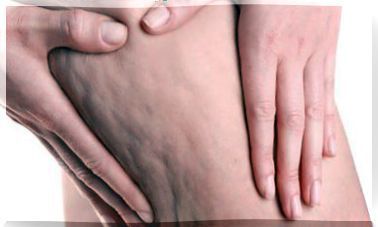Hafephobia: How To Overcome The Phobia Of Being Touched?
We can all become uncomfortable when a stranger hugs us or when others invade our living space. Generally, there is an adequate interpersonal distance depending on the type of bond we maintain with others and if it is not respected, we can feel overwhelmed.
However, for those who suffer from haphephobia, a simple handshake or the kiss of a loved one is a source of intense discomfort.
Haphephobia is characterized by an irrational and pathological fear of touching or being touched by others. The anxiety triggered by physical contact is such that the person can become almost completely isolated in order to avoid such situations. Since humans are social beings, this phobia can seriously interfere with the individual’s day-to-day life.
What are the related symptoms?
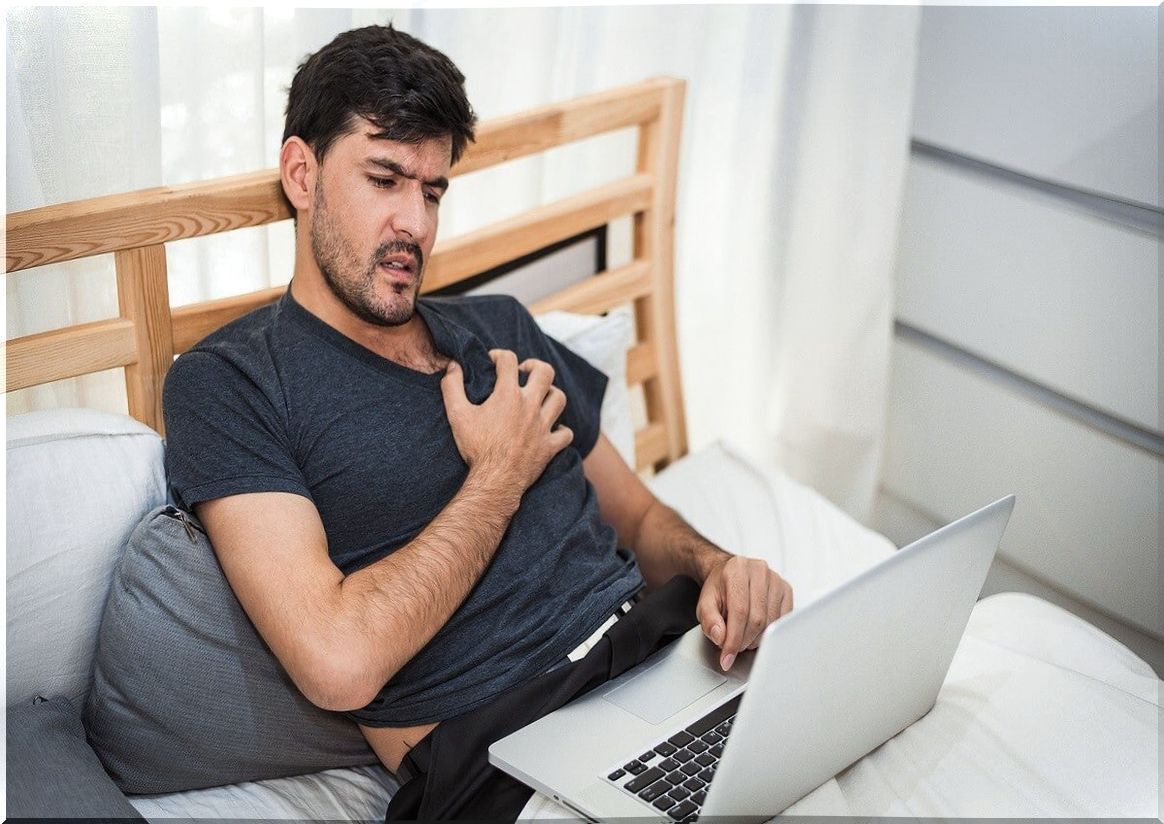
Haphephobia is located within the category of specific phobias, so its symptoms are shared with the rest of them. The main ones are the following:
- Intense and disproportionate fear of touching other people or being touched by them
- Exposure to the feared situation (in this case, physical contact) triggers a strong anxiety reaction
- The individual is probably aware that their fear is irrational, but cannot control it
- Situations that involve physical contact with others are avoided at all costs and, if not possible, they are endured at the cost of enormous discomfort.
- The disorder is prolonged in time and generates an interference in the daily life of the person (personal, social, work …).
- Physiological symptoms such as tachycardia, sweating, a feeling of suffocation or muscle tension appear at the idea of physical contact with other people . Irrational thoughts and beliefs about the danger of touching are also likely to exist.
Causes and origins
The cause of haphephobia has not yet been fully established and it is likely that various factors coalesce at its origin. There may be a certain biological component related to ancestral fears inherited from our ancestors.
Generally, specific phobias are acquired after experiencing related traumatic events either in the first person or by witnessing how others experience the negative consequences of what, later, generates fear.
Thus, for example, having suffered sexual abuse in childhood can lead to suffering from hafephobia. Likewise, knowing that some people have caught a virus when they come into contact with others can trigger this extreme fear of being touched by others.
Risk factor’s
Not all people react the same to the same events. Therefore, what may be the origin of haphephobia for one person will not cause a greater impact on another. Still, there are several factors that increase the risk of developing this disorder:
- Present a family history of hafefobia or other anxiety disorders. In the first place, because of the possible inherited genetic component, but also because of having grown up observing close people reacting with fear to such situations.
- Having an inhibited temperament and a neurotic or anxious personality.
- Being a woman doubles the risk of suffering a situational phobia like this.
- Suffering from other psychological disorders such as germ phobia, fear of crowds or social anxiety.
How is it diagnosed?
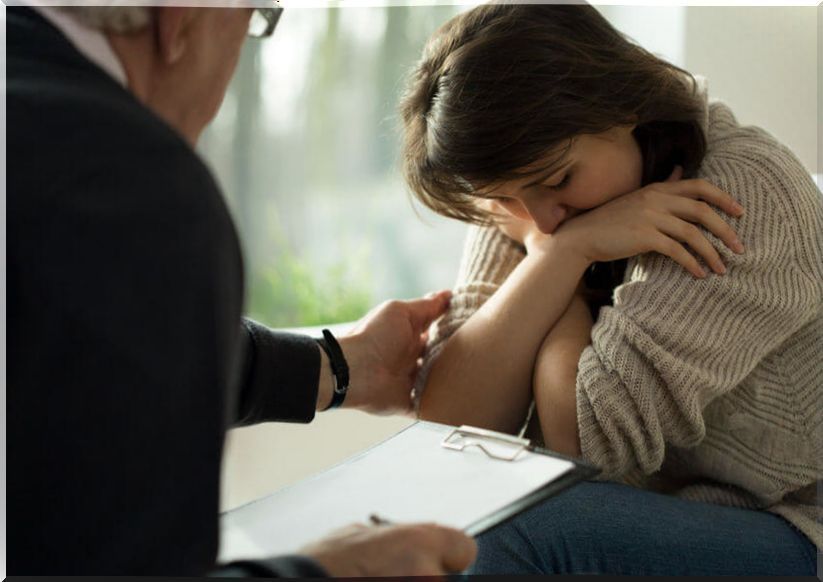
The diagnosis of hafephobia is made based on compliance with the established criteria. That is to say, a psychologist or psychiatrist must evaluate the symptoms (thoughts, emotions, sensations and behaviors) that the person shows before social contact.
This can be done through a clinical interview, self-records, or the use of some appropriate tests and trials. This information will not only help to identify haphephobia, but also to establish the most appropriate individualized treatment plan.
How can it be overcome
Fortunately, specific phobias respond very well to cognitive-behavioral treatments. These are mainly based on three objectives:
- Provide the person with strategies to regulate or reduce their level of anxiety. Relaxation techniques and systematic desensitization are the most commonly used options.
- Identify the irrational thoughts that are at the base of the fear and help the patient to reevaluate them. That is, their veracity is questioned and they are replaced by others that are more functional and adjusted to reality.
- Get the person to gradually expose himself to those situations that he fears. When the avoidance ends, it is verified that the stimulus is really harmless and the associated anxiety levels are reduced.
Other alternatives such as the mindfulness or acceptance and commitment therapy also show good results. In addition, the use of drugs to support psychological intervention may sometimes be recommended.
Haterophobia affects everyday life
Some phobias do not create a big problem in everyday life, since it is easy to avoid the feared stimuli. But, in this case, hafephobia can limit life at a personal, social, work and emotional level and cause great discomfort.
For this and for the good results obtained with psychotherapy, it is highly recommended to seek professional help. Without a doubt, it is the best option to gain quality of life.





